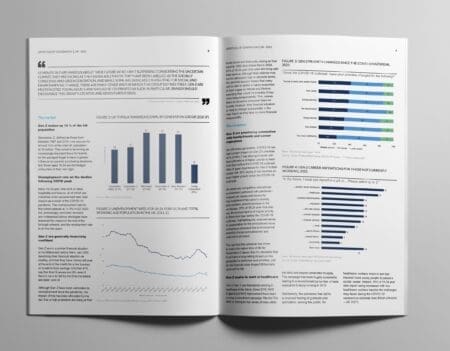The 14 Electricity Distribution Network Operators (DNOS) submitted their revised business plans to Ofgem for the next price control period 2015-23 (RIIO-ED1) in March 2014. Analysis of the company’s planned expenditure in Mintel’s Electricity Supply & Distribution UK 2014 report shows that total network investment (load- and non-load related capex) across the industry is set to decline over the course of the eight year period.
This may come as a surprise to some as the UK’s ageing network infrastructure continues to require high levels of investment to replace failing and old assets. The overall reduction in network investment is a partial reflection of increased cost efficiencies achieved by the DNO and a new regulatory framework for the next price control period, which puts less emphasis on capital expenditure. However, more importantly, the decline in investment is also due to the increased use of more flexible solutions offered by smart grid technologies. This will reduce the need for traditional network asset investment.
Indeed the development of smart grid technologies will continue to be at the centre of innovation in the electricity distribution industry, as these technologies are seen as crucial to get the country’s distribution grid ready for the requirements of a future low carbon economy.
Key challenges facing the distribution network operators include:
• The growth in “low carbon technologies”, such as heat pumps, solar panels and electric vehicles will require increased network investment, with the DNOs’ responsible for cost effective connection of these low carbon solutions.
Indeed, a number of DNOs identified the future adoption of low carbon technologies as one of the greatest challenges facing the industry. The development of successful and effective smart grids will play a key role in meeting these challenges.
• The shift towards renewables generation will also result in a continued rise in distributed generation (DG). DG refers to electricity generating plants, such as CHP or wind farms, that are connected to a distribution network rather than the transmission network. DNOs are responsible for enabling cost effective and timely connection of distributed generation to the distribution network, thus requiring increased investment in smart technologies.
With the electricity distribution sector entering a period of transition, together with the changing requirements on the network, this will offer opportunities for providers of innovative, integrated, flexible and smart network technologies.
If you’re in the business-to-business sector or simply want to understand these industries better, then Mintel Industrial & B2B Reports are essential reading. For more information on Mintel’s industrial report series, please click here.
































